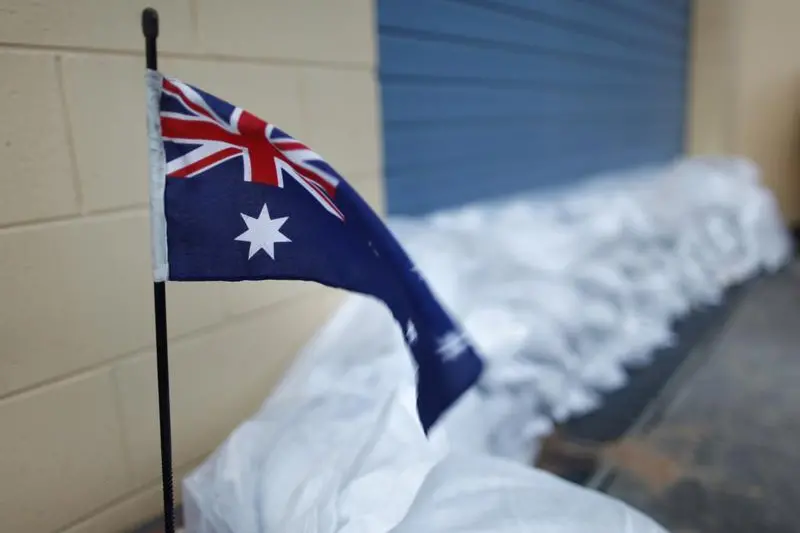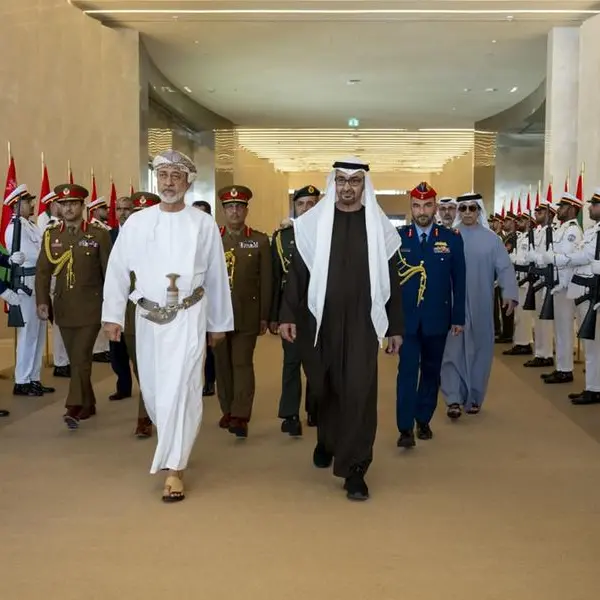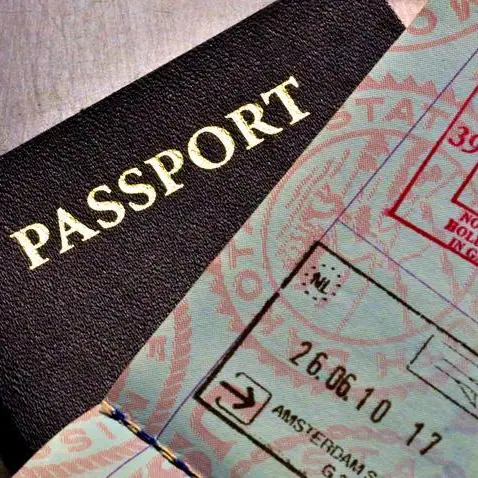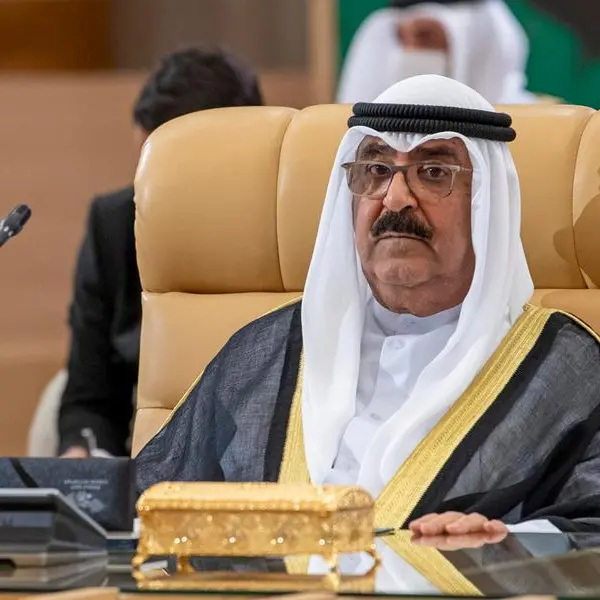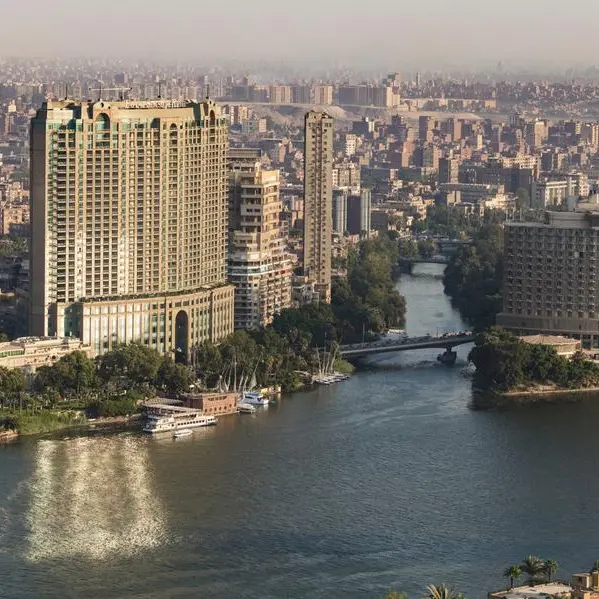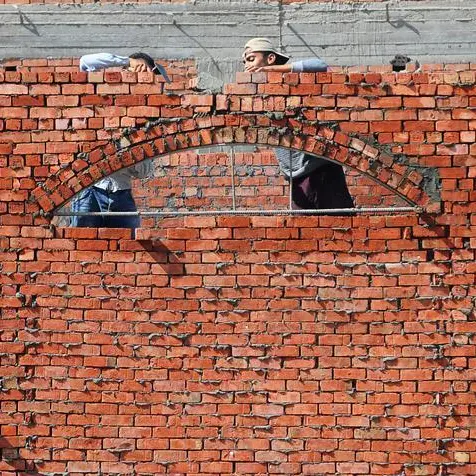PHOTO
(The author is a Reuters Breakingviews columnist. The opinions expressed are his own.)
MELBOURNE - Expect some green shoots at Australia’s 2022 general election. Although previous efforts to tackle global warming have foiled five prime ministers since 2007 and may have cost the opposition Labor Party the 2019 ballot, votes cast early next year will give independent, climate-savvy candidates a starring role.
Around 20 of them, mostly women, are running for federal parliament. Clean-energy investor Simon Holmes à Court’s fundraising group, Climate 200, provides financial and logistical support. All else being equal, winning four of the 151 House of Representatives seats would make them kingmakers.
Australia has pretty much all it needs to become an energy-transition leader, including sun and wind to displace the coal and gas responsible for 75% of the country’s electricity supply. Magnates such as mining billionaire Andrew Forrest are pushing for action. Moreover, severe drought, bushfires and floods, all exacerbated by climate change, have battered the country in recent years.
The ruling Liberal-Nationals coalition touts a more than 20% decline in greenhouse-gas emissions since 2005, as Treasurer Josh Frydenberg emphasised during a December discussion with Breakingviews. The government, however, has presided over a 2% increase, excluding land-use changes, between 2013 and the start of the pandemic. Emissions from producing fossil fuels grew 28%. The current government also has not expanded its 2015 pledge to cut 2005 levels 28% by 2030, and its net-zero 2050 plan is weak. Labor’s 2030 target is a 43% decline.
A government relying on independents would have to turbocharge its plans. It shouldn’t be controversial: The Business Council of Australia, which opposed Labor’s 2019 target, wants a 50% emissions cut by 2030 and board directors are crying out for leadership on the issue. Stronger climate policy also would accelerate growth opportunities. The country could create 1.8 million climate-related jobs, reckons consultancy Beyond Net Zero, which also estimates that exports of green hydrogen, steel and the like can be a A$333 billion ($239 billion) export market in three decades, almost triple what fossil fuels generate.
Such figures may be overly optimistic, but Australia’s A$2 trillion ($1.4 trillion) economy would nevertheless benefit from a government that acts more quickly on climate. The 2022 ballot box will provide the spark.
CONTEXT NEWS
- Australia will hold a federal election by May 2022 at the latest. The country requires a federal election every three years, and the last one was in May 2019. A majority requires securing 76 of the 151 seats in the House of Representatives.
(The author is a Reuters Breakingviews columnist. The opinions expressed are his own.)
(Editing by Jeffrey Goldfarb and Katrina Hamlin) ((For previous columns by the author, Reuters customers can click on CURRIE/ SIGN UP FOR BREAKINGVIEWS EMAIL ALERTS https://bit.ly/BVsubscribe | antony.currie@thomsonreuters.com; Reuters Messaging: antony.currie.thomsonreuters.com@reuters.net))
